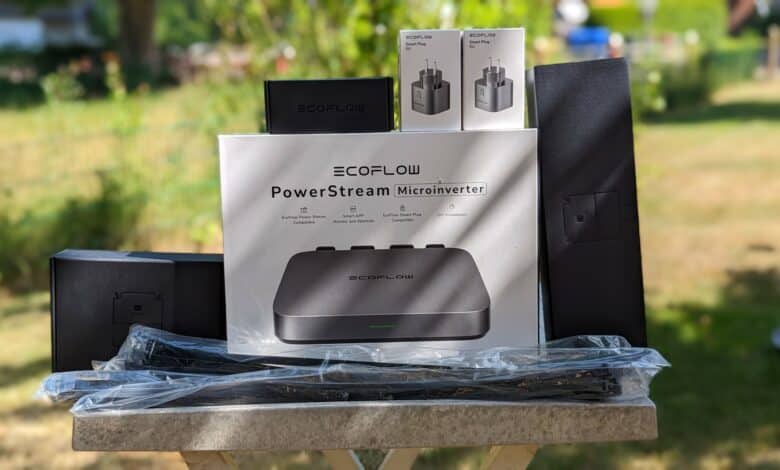
Balcony power plants – as we could document ourselves – are extremely popular at the moment. More and more products are appearing, and at the same time they are becoming more and more affordable. There are two main reasons for this: Electricity prices have risen significantly, as has awareness of the ecological consequences of one’s own actions. The balcony power plant promises to be the all-in-one solution here: more sustainability at less cost. But there is one problem: the electricity produced cannot be used in full. Anything produced in excess of demand is fed into the power grid and can therefore no longer be consumed free of charge. The EcoFlow Powerstream power plant has set out to change this. Its inverter can be connected to a power station that stores excess electricity and releases it at a later time. We were given the opportunity to test this innovative-sounding solution.
Scope of delivery
Delivered in many individual boxes, the EcoFlow Powerstream balcony power plant all comes fully loaded with buffer material. This is not particularly sustainable, and the first impression is thus clouded for all those who want to use the balcony power plant primarily for ecological reasons. This mass of cardboard boxes is due to the fact that EcoFlow builds its balcony power plant in a modular fashion. It is offered in three standard sets; however, the completely individual composition of the individual components is also possible. One of the standard sets does not include a power storage option, one is considered the standard version, and one is equipped with particularly powerful solar panels. We ourselves have tested the standard version.
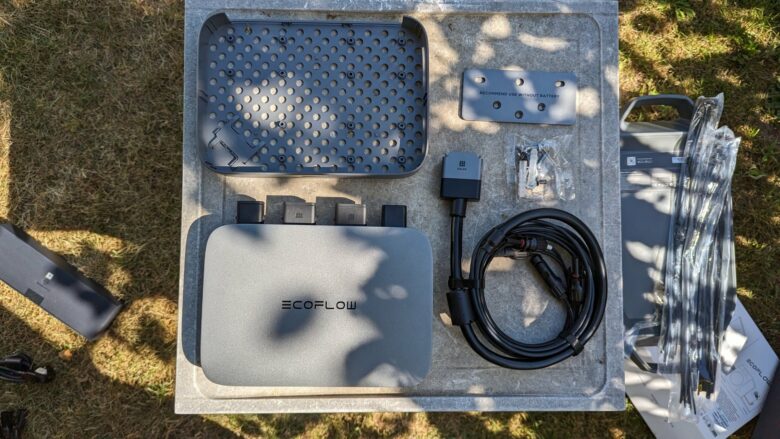
In addition to four 100-watt solar panels, our boxes contain a Powerstream inverter, the Delta 2 Max power station (which won a Gold Award in our review), two smart plugs, a PV cable to connect the panels to the inverter, and a flat cable for power connection. The flat cable should still prove very useful, as it is well suited for door or window penetration.
The smart plugs mentioned earlier are WLAN socket attachments with energy flow measurement. As soon as they detect an energy flow, EcoFlow releases exactly that amount of energy. This ensures that exactly one’s own consumption is covered by the balcony power plant without releasing too much produced electricity. This makes the power plant economically very sustainable.
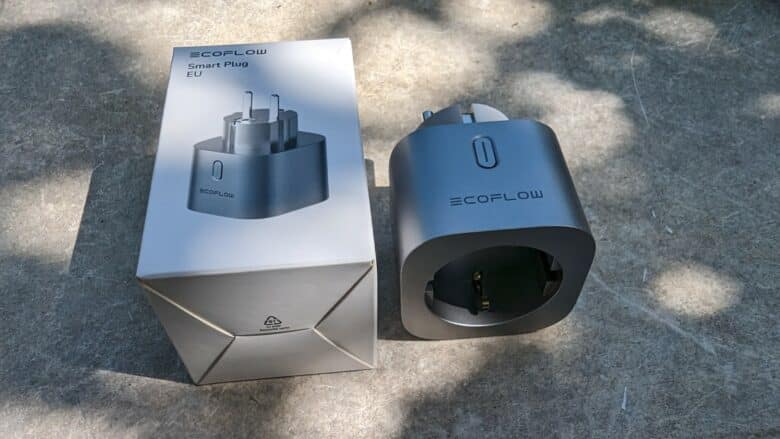
Also included are installation instructions, screws and tools.
Design and workmanship
The design of all components of the EcoFlow Powerstream is unobtrusive. The Delta 2 Max power station, which is exceptionally heavy with a weight of around 23 kilograms, has a classic look. EcoFlow relies on black as well as silver elements here, both of which are matte. The same applies to the inverter, which also has a high-quality finish and the described design.

The company also relies on traditional looks for its solar panels. The panels have a high-quality finish and can be used flexibly thanks to the stand. For practical purposes, this is of enormous importance. They do not necessarily have to be mounted on a balcony, for example, but can also be used lying down. However, this only applies to the standard panels, which are offered in the no-storage and 1kWh storage kits. In addition, EcoFlow also offers rigid panels, which are significantly more powerful at 400 watts, but are only suitable for balcony mounting. However, EcoFlow solar panels do not necessarily have to be used, as the inverter and the power station are also compatible with other panels. This compatibility is ensured by the use of standardized MC4 connectors. In our test, we did not use the solar panels from EcoFlow, but relied on those from Anker, which were already installed on our balcony, as we previously tested the Anker Solix RS40P. Therefore, we can not say much about the assembly of the panels.
Assembly
However, we very much had to set up the other components of the EcoFlow Powerstream. One significant difference between this and many other products is that there is no need for extensive installation of the inverter. The solar panels have to be attached and connected to the inverter via cable, which then only has to be connected to the power grid via a grounding plug – done. If you want, you can now connect the power station, although the cable is unfortunately very short. The individual connections on the inverter are clearly marked, so it is always obvious which cable has to be plugged into which connection. The Smart Plugs only have to be plugged into a socket.
What bothers us a bit, however, is the not very detailed assembly instructions. Especially beginners might start sweating here. For example, it is not mentioned at all that two panels of a set with four 100-watt panels have to be connected in series. Certain basic knowledge is therefore simply assumed here. The tool kit in the set is also rather meager.
App
Once everything is installed, the EcoFlow app needs to be downloaded, which is available free of charge for both iOS and Android. A WLAN connection is required to use it and all devices to their full extent. We were surprised that no more work is required in the app itself. When it is started, all devices are automatically detected, displayed and clearly named. Networking of the individual devices also happens automatically. For us, that means we can sit back and relax: Our setup work is done.
In addition, the app provides an overview of produced and stored electricity. Here, it is easy to switch between a daily, weekly and monthly display. In this way, production and consumption can be transparently tracked.
Furthermore, the feed-in to the home grid can be regulated manually in the app in increments of ten. The smart plugs can be (de)activated here. It makes sense to supply all devices that are permanently active with power via the basic supply that can be set in the app. The smart plugs, on the other hand, should ideally be used to supply power to all appliances that are only used from time to time – such as a dishwasher. In this way, the individual functions can be used with maximum efficiency.
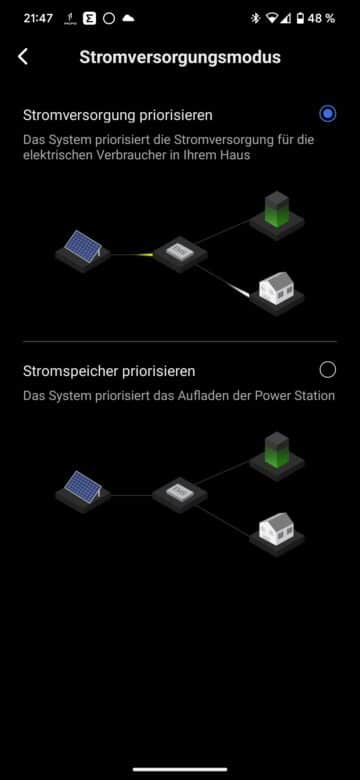
Numerous other settings can also be made in the app. For example, it is possible here to prioritize the household power supply over the filling of the power station or vice versa. Timers and associated delays can also be set in the app.
Performance of the EcoFlow Powerstream
In June, we were able to generate 64.49 kWh of electricity over 17 days of testing. This is a very strong performance, which enabled a saving of 13.71 euros. Calculated over the month, that’s about 113.8 kWh of electricity production and savings of about 24.20 euros. It should be noted, however, that such electricity production and thus such savings are only possible in sunny months. In winter, the balcony power plant will be largely useless. The storage possibility of a maximum of 2 kWh is by no means sufficient to bridge a longer sunless period: We consumed 15.15 kWh on 17 days. 2 kWh would have been enough for just over two days.
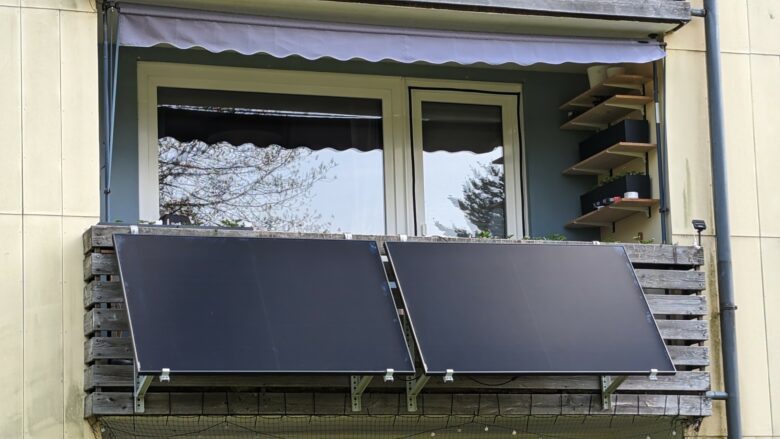
Foreign solar panels can be used
Furthermore, we need to point out again at this point that we did not use the solar panels from EcoFlow included in the package, but those from Anker. The Anker panels are more powerful than those from EcoFlow. Anyone using four 100-watt panels will not be able to match our power production numbers, as our panels offer 580 watts of power. This would require retrofitting more solar panels. This also means that the Powerstream plant with its standard equipment is relatively underpowered – and therefore may not be profitable from a purely economic point of view. On the positive side, the modular concept of the power plant allows for retrofitting. Also interesting in this respect is the option of buying only the Powerstream inverter and a power station from EcoFlow. This saves you the cost of low-power solar panels, but allows you to enjoy the smart and storage functions. If the inverter is used with third-party modules or if you want to retrofit additional EcoFlow modules, however, you must make absolutely sure that the maximum voltage of 55 volts is not exceeded. Furthermore, the other specifications of a maximum input power of 2x 480 W, the voltage range of 11 – 55 V (DC) as well as the maximum current of 2x 13 A have to be considered.
The fact that the total power capability can be upgraded to 800 watts via firmware update should also be mentioned positively. So far, this is not possible in Germany due to the legal situation. However, should there be a change here, you are well prepared with the EcoFlow Powerstream. With the 2kWh storage kit or an upgraded other variant, you could fully utilize the 800 watts.
Summary: EcoFlow Powerstream
Overall, our conclusion about the EcoFlow Powerstream is positive. In particular, the modular design, the power storage option and the many regulation options pleasantly caught our eye. All options offered functioned flawlessly in our test. Furthermore, we found the app to be very clearly designed and rated the fact that all connections are made here fully automatically very positively.
However, some details cloud the overall positive picture. In our opinion, the installation instructions are not sufficient and the solar panels are relatively underpowered. If you want more power, you should not go for the standard kit – and then you will get much more expensive and no longer flexible 400-Watt panels. In this regard, it should also be noted that the price-performance ratio clearly depends on the selected configuration. The cheapest version, while quite affordable, is low-power and lacks a power storage option. The price-performance ratio of the medium standard kit is also rather mediocre, provided that EcoFlow’s panels are used. A positive point here is the option to use third-party panels. The 2kWh storage kit is much more powerful, but the price is exorbitant.
EcoFlow Powerstream
Design & workmanship
Assembly
Performance
Value for money
86/100
A modular balcony power plant with storage capability that is largely convincing.
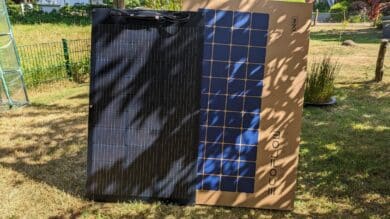
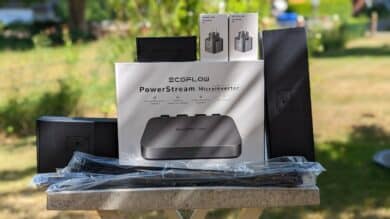





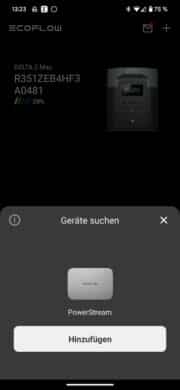
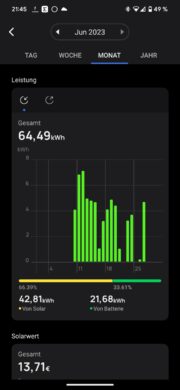
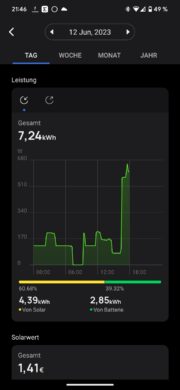


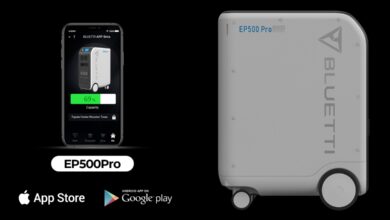

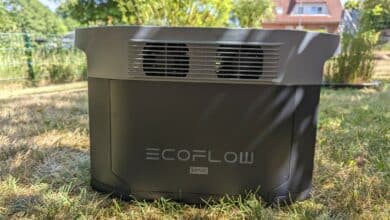
No replies yet
Neue Antworten laden...
Gehört zum Inventar
Beteilige dich an der Diskussion in der Basic Tutorials Community →